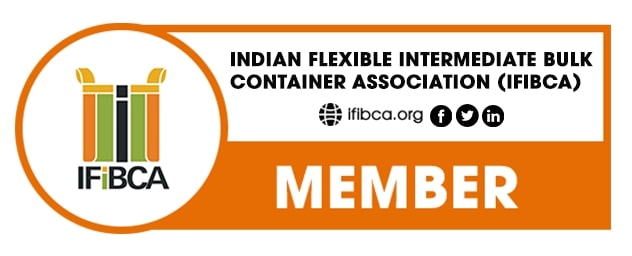Introduction:
When it comes to food packaging, ensuring safety and compliance with regulations is of utmost importance. High-density polyethylene (HDPE) bags have emerged as a popular choice for food packaging due to their strength, durability, and versatility. In this blog, we will explore the safety aspects and regulations associated with the use of HDPE bags for food packaging, highlighting the measures taken to maintain food safety and consumer well-being.
Food-Grade Certification:
HDPE bags used for food packaging undergo rigorous testing and certification to ensure their suitability for contact with food. These bags are required to comply with food-grade standards set by regulatory authorities such as the U.S. Food and Drug Administration (FDA) or equivalent organisations in different countries. The food-grade certification ensures that the HDPE bags do not leach harmful substances into the packaged food and are safe for consumption.
Migration Testing:
One critical aspect of food packaging safety is migration testing. HDPE bags are subjected to migration testing to evaluate the transfer of substances from the bag material to the food. This testing helps determine whether any undesirable components, such as harmful chemicals or additives, migrate from the bag into the food product. By adhering to strict migration limits, HDPE bags ensure that the packaged food remains free from contamination and maintains its quality and safety.
Barrier Properties:
HDPE bags offer excellent barrier properties, protecting the packaged food from external factors that can compromise its quality and safety. These bags act as a barrier against moisture, oxygen, light, and other contaminants, preventing their penetration and preserving the integrity of the food product. The barrier properties of HDPE bags help maintain freshness, extend shelf life, and prevent spoilage or degradation of the packaged food.
Seal Integrity:
Proper seal integrity is crucial for food packaging to prevent leakage, contamination, and tampering. HDPE bags are designed with reliable sealing mechanisms, such as heat seals or zip locks, to ensure a secure closure. The seals are carefully inspected to guarantee their strength and integrity, minimising the risk of product spoilage or contamination during storage and transportation.
Labelling and Information:
To comply with food packaging regulations, HDPE bags for food packaging should include appropriate labelling and information. This includes the name and address of the manufacturer, lot or batch numbers, expiration dates, storage instructions, and any necessary allergy warnings. Clear and accurate labeling helps consumers make informed decisions about the food products they purchase and consume.
Good Manufacturing Practices (GMP):
The production of HDPE bags for food packaging should adhere to Good Manufacturing Practices (GMP). GMP guidelines ensure that the bags are manufactured in a clean and hygienic environment, minimizing the risk of contamination. This includes maintaining proper sanitation, implementing quality control measures, and establishing traceability systems to track raw materials and production processes.
Compliance with Regulatory Standards:
HDPE bags for food packaging must comply with various regulatory standards and guidelines. These regulations may differ from country to country, but they generally cover aspects such as food safety, labeling requirements, packaging materials, and manufacturing practices. Compliance with these standards ensures that HDPE bags meet the necessary safety and quality criteria and are suitable for food contact.
Audits and Inspections:
Regular audits and inspections are conducted to ensure that manufacturers of HDPE bags for food packaging adhere to safety regulations and standards. These audits assess production processes, quality control measures, hygiene practices, and compliance with regulatory requirements. Audits and inspections help maintain the overall safety and quality of HDPE bags used for food packaging.
Conclusion:
HDPE bags offer a reliable and safe packaging solution for the food industry. With their food-grade certification, migration testing, barrier properties, seal integrity, labelling compliance, adherence to GMP, and compliance with regulatory standards, HDPE bags ensure the safety and quality of packaged food products. By maintaining strict adherence to safety regulations and industry standards, businesses can confidently utilise HDPE bags for food packaging, assuring consumers of the integrity and safety of the products they consume.


